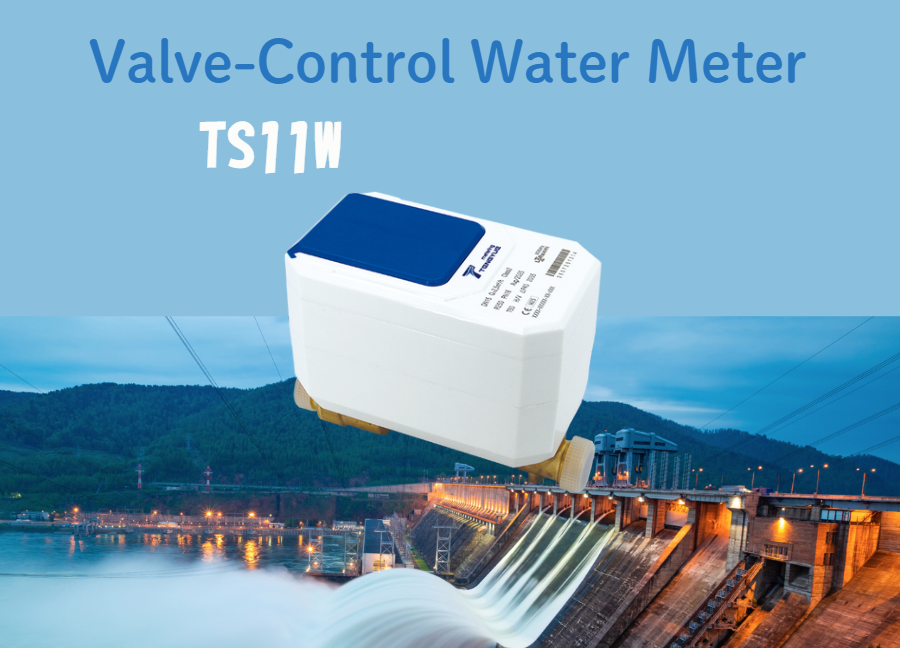The Business Case for Installing Smart Valve-Controlled Water Meters
In residential property management, leaks and pipe bursts are a silent yet devastating financial threat. The economic damage is staggering, with water-related losses accounting for up to 30% of all property insurance claims. The statistics paint a stark picture:
In the UK, the average insurance payout for an escape of water claim now exceeds £6,000 (2024), with a single burst pipe event during a cold snap reaching over £17,000.
In the United States, water damage and freezing incidents cost an average of $11,000 to$13,000 per claim.
These aren’t just numbers; they represent significant financial risks that underscore the urgent need for proactive prevention.
The Flaw in Traditional Approaches: Reactive, Not Proactive
Conventional methods, such as relying on a standard water meter plus a separate leak sensor, are fundamentally reactive. They alert you after a leak has already begun, putting property managers in a constant state of damage control. This approach has critical limitations:
Delayed Response: Alarms might go unnoticed, especially in unoccupied properties, allowing water to flow for hours or even days.
Manual Intervention Required: Even with an alert, someone must be physically present to close the main valve, which is neither timely nor reliable in an emergency.
Incomplete Protection: These systems often fail to detect small, slow leaks that cause cumulative damage over months, such as minor pinhole leaks in pipes.
The Proactive Solution: Integrating Smart Valve-Controlled Meters from Day One
The most effective strategy is to build leak prevention directly into the property’s infrastructure by installing smart water meters with integrated remote shut-off valves during the construction phase. This approach transforms water management from a reactive chore into a proactive, automated system.
This technology works by continuously monitoring water flow in real-time. When the system’s advanced algorithms detect an anomaly—such as continuous flow for an extended period, a sudden surge in usage, or a minute drip that persists—it can automatically and instantly close the valve, stopping the water at the source.
Key Benefits for Property Developers and Managers
Integrating this technology during construction offers a compelling return on investment and provides a significant competitive advantage.
Drastically Reduce Financial Loss:
Prevent Catastrophic Damage: Automatically stop major leaks from burst pipes, mitigating the most expensive repairs to flooring, walls, and electronics.
Eliminate Wasted Water Costs: Identify and stop continuous small leaks, saving thousands of gallons of water and reducing utility bills over the building’s lifetime.
Enhance Property Value and Appeal:
Market as a “Smart” or “Resilient” Home: This feature is a powerful selling point for tech-savvy buyers and risk-averse investors, demonstrating a commitment to safety and innovation.
Lower Insurance Premiums: Many insurers offer reduced premiums for properties equipped with automated leak prevention systems, recognizing the lowered risk.
Simplify Property Management:
Remote Control and Monitoring: Property managers can oversee water usage and control the valve for multiple properties from a single dashboard, eliminating unnecessary site visits.
Provide Peace of Mind: Offer residents and owners the assurance that their property is protected 24/7, even when they are away.
A Small Upgrade with a Massive Impact
For property developers, the decision to install smart valve-controlled water meters is not an added cost; it’s a strategic investment. The incremental expense during construction is trivial compared to the potential savings from preventing a single major leak event. By building in resilience from the ground up, you protect your assets, enhance your brand, and deliver a higher-value, safer property to the market.

